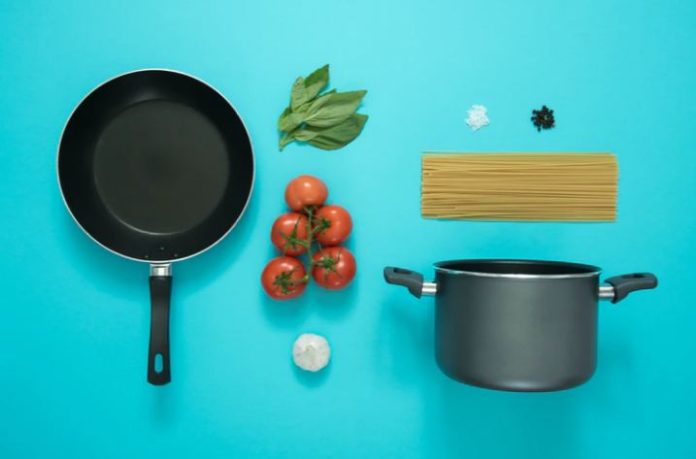How to Prevent Food Poisoning Disasters: Tips to Make Your Kitchen Food-Safe
With the invention of refrigerators, people have grown rather careless about storing their foodstuff.
It’s a common assumption that people have that once the food goes inside the fridge it’s safely stored for a long time! As a result, the number of food poisoning cases is on the rise globally.
If you want to avoid a food poisoning disaster in your home, you ought to develop certain safe food storing and food handling practices in your kitchen.
– Meat, poultry, seafood, and other animal-derived protein-rich foods are the ones you have to be most careful about.
The bacteria from the animals sometimes still remain in their meat, and the meat stored or handled improperly in unhygienic conditions helps these bacteria to flourish and thrive.
– While shopping, keep the meat, poultry, and seafood separated from the other foodstuffs in your cart.
Follow the same practice while storing them in the refrigerator or handling them in the kitchen.
– Never forget to wash hands, cutting boards, dishes, and utensils with soap and hot water both before and after they are in contact with raw meat, poultry, or seafood.
If possible, use separate cutting boards for animal products and other non-animal/seafood products.
– Victims of food poisoning often claim that their cooking and handling were blameless.
What they fail to mention or consider is the dishes on which dinner was served. Always place cooked food on a plate/dish that you know is absolutely clean.
A great number of food-poisoning disasters stem from apparently clean-looking plates/dishes that were actually contaminated by raw animal food/seafood that were placed on them before.
– Always cook animal food, seafood at the recommended temperature and for the right duration as required to completely kill any thriving toxic bacteria.
Use a proper kitchen thermometer to check the optimum cooking temperatures. The danger zone is between 32 ° and 140° Fahrenheit, which is the range in which bacteria thrive and multiply.
– Either freeze your food or keep it warm in the oven. Food left out at room temperature for more than an hour should be discarded right away!
– It is important to cook food for an adequate time, but don’t be misguided by the color of meat.
Certain types of animal food like turkey and pork remain pink for very long even after they have been thoroughly cooked and are safe to eat.
On the other hand, certain meats turn nicely brown before they are fully cooked inside. Use a thermometer, not color, to decide whether your meat is perfectly done.
– Beware of the colors blue and green in your food. Layers of these colors usually indicate the formation of a deadly fungus.
Cheese, cream, and most other dairy kinds of stuff are most likely and easily vulnerable to catch these harmful fungi.
In the case of hard cheeses, you could perhaps cut off all moldy portions and still use what’s left. In soft cheeses and all other products, throw away the whole thing immediately.
Bread, vegetables, fruits, etc. are also prone to fungus development that can in turn lead to food poisoning.
So it is always wise to avoid storing food for a very long time even in the refrigerator! Try to eat fresh and properly cooked food more often to prevent food poisoning hazards.
– Avoid puffed, bloated or leaky cans of food.
Food cans are puffed up when harmful microbes working inside produce enough poisonous gases to swell the container. Deadly food poisoning attacks like botulism may result if you consume from such cans.
– Some raw vegetables carry larvae of dangerous worms.
While it might be tempting to munch on raw celery or fresh carrots, experts will insist on first washing them in a solution of water and some safe-to-eat disinfectant, like potassium permanganate before serving those colorful salads.

